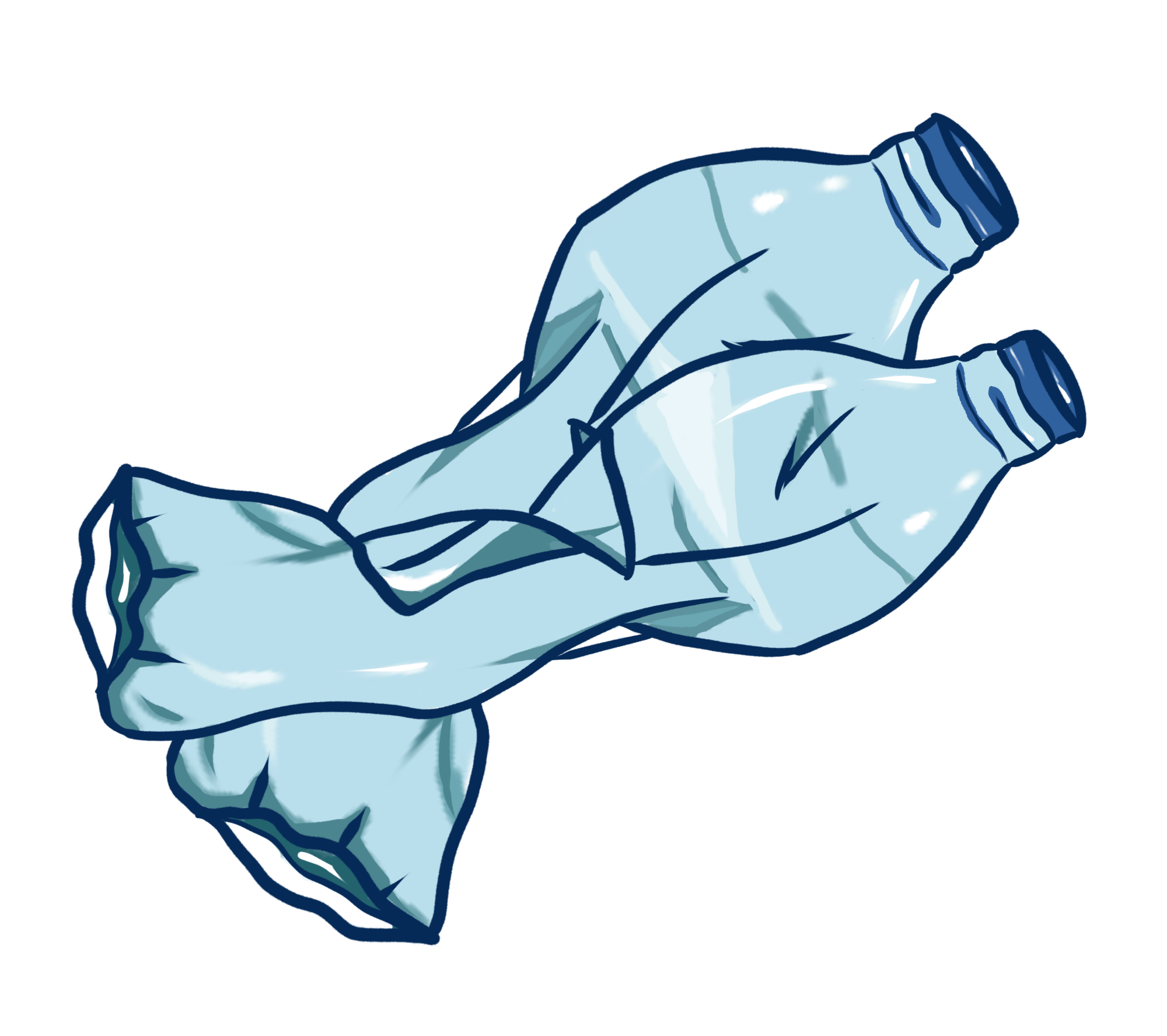













Due to COVID-19, we were unable to enter the laboratory last semester until July 15th this summer. Therefore, we had to change the experimental plan and shorten the experimental process. The plasmid we receive firstly was MG8-pET28a, 4M-pET28a, 4M-MG8-pET28a, so the experiment started from there. In the process of expression, the result of 4M-MG8-pET28a in different competent states was all not good, so co-immobilization was proposed, that is, the simultaneous incubation of the two enzymes with activated carboxyl-functionalized Fe3O4 NPs.
In this study, we co-immobilized two enzymes on Fe3O4 NPs to decompose PET in water, achieving the improvement of decomposition efficiency and increasing the broad spectrum of substrates.
The immobilization efficiency of the two enzymes was 83% and 65% respectively, which indicates the universality of the immobilization method. We also compared the differences and commonalities in the characterization of immobilized and free enzymes, and the results showed that covalent immobilization could better prevent the release of enzymes into the reaction solution than other methods. Fe3O4 NPs are considered an ideal immobilization vehicle due to their good reusability, and the work we performed has the potential for recycling and reuse in contrast to other enzymatic reaction decompositions. When the enzymatic reaction was cycled five times after immobilization, the relative viability of the immobilized enzyme still reached more than 50%. These results demonstrate that covalent immobilization can improve the reusability and alter characteristics of the enzyme, which make it excellent as a molecular machine to modify the properties of the enzyme.
Adhesins were not successfully expressed due to time, but relevant experiments are still continuing.
In this project, we expressed and purified plastic degrading enzymes DuraPETase-4M and MG8, and measured their respective enzyme activities. Then we immobilized them on carboxyl Fe3O4 NPs and measured their residual activity after several recycles. Eventually, the products have the advantages of good enzyme activity, high immobilization efficiency and can be multiply recycled. It is worth mentioning that the enzyme is immobilized on Fe3O4 NPs in our product, which not only makes the recycle of the enzyme more convenient, but also reduces the cost and prevents secondary pollution, compared with the previous enzymes that were once put into the environment. In addition, we also found that DuraPETase-4M has a higher optimum temperature and a better activity than MG8 at its optimum temperature.
For the future, a lot more optimized scheme has been organized. Take one as example, based on the fact that DuraPETase-4M is a kind of thermophilic enzyme, it is a nice research direction for us to achieve solar-to-thermal conversion through the absorption of sunlight by Fe3O4 NPs, which can convert light energy into thermal energy, and raise the regional temperature to achieve the optimum temperature of DuraPETase-4M at a relatively low temperature.
Meanwhile, it is also of great interest for us to realize the coupling of plastic-degrading enzyme and adhesin protein which will be helpful for the product to capture the plastic particles in solution and pass the plastic particles to the enzyme. This will greatly improve the degradation efficiency of the enzyme and improve the performance of the product.
We firmly believe that our products can be put to practical use in the future and contribute to the protection of the environment.